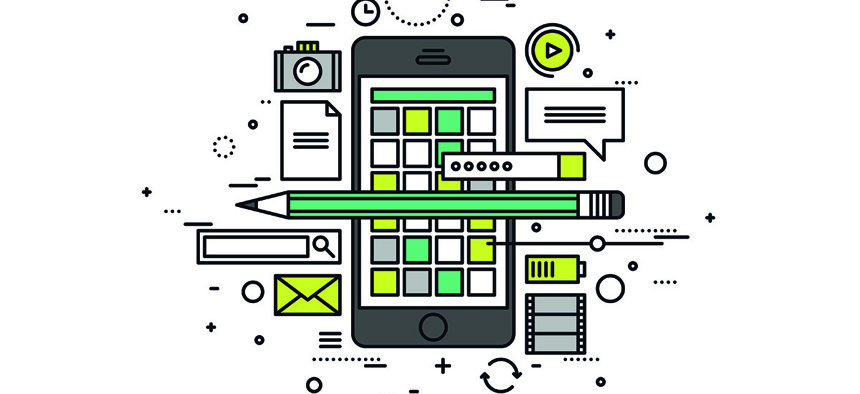How USAID Thinks About Mobile Apps

Bloomua/Shutterstock.com
If apps don't communicate with each other, the data they collect isn't useful to aid workers.
Mobile apps for social good used to be trendy, but international aid organizations need to think harder about how they can use the data they collect, says one senior program manager at the U.S. Agency for International Development.
Vivian Ranson, who works within USAID’s Global Development Lab, says her team sometimes struggles with how to “actually adjust programming” to incorporate the data that frontline workers might be entering into mobile apps.
“Open data on its own does not create better development outcomes," she said.
Ranson spoke at an event this week hosted by Washington think tank the Center for Data Innovation about the role mobile technology plays in international development.
» Get the best federal technology news and ideas delivered right to your inbox. Sign up here.
During the Ebola crisis in parts of West Africa, for instance, USAID and other aid groups were deployed "without any knowledge of what other actors were deploying and using,” Ranson said. Though they were all individually collecting data about local needs, that information wasn't coordinated.
“You weren’t able to really hone in on a picture” of the crisis, she said.
Mobile technology is most useful when the data it produces lets aid groups send resources to the exact place they're needed, instead of a broad region that might need it, she explained. For example, Ranson said it would be useful for frontline community health workers to be able to signal to aid groups when they run out of protective equipment or log which symptoms they encounter.
In recovery efforts, Ranson said her team has been thinking about how to make disparate data systems interoperable.
A few years ago, the World Bank collaborated with USAID on an app tracking agricultural markets in Rwanda, Samia Melhem, a lead policy officer at the World Bank’s Information & Communication Technologies practice, said at the event. The World Bank is using that data for a broader analysis of agricultural price changes, Melhem explained.
The World Bank used one mobile app throughout the country, employing hundreds of young people to be data collectors, she said. Mobile handsets were either subsidized or donated to data collectors.
“We really tried to nurture that one application," she said, explaining that often providers will create several different versions of the same app, and the coding convention for a particular item might vary between versions. “It worked because there was one application that was used."
NEXT STORY: IaaS Growth Drives Federal Cloud Market


